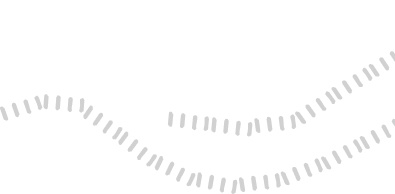What’s your Zero?
Zero is a foundational building block. It represents the lack of anything and is the starting point from which all things can be created.



Our collection of stories and ideas on how change
leaders are reimagining and co-creating change
that inspires more change
To counter rapidly growing and mutating problems, the speed of execution, building solutions, getting solutions to citizens & responding to challenges as they emerge all influence the speed of solving the problem. And to do so, we need to move from a linear change mindset to an exponential change pathway.
Read More
Zero is a foundational building block. It represents the lack of anything and is the starting point from which all things can be created.

We all know life is all about making choices. From what to do and where to live to if or not to eat that last sweet for lunch. Some choices, of course, are harder to make than others. Some bigger, for us and than us. Shanti has made the right choices. Or, made choices and made them right.

I sat next to Maya Welch, Impact Lead at Healing Fields Foundation. Under a big banyan tree, Maya and I spoke about our lives and the work we do. In her, I could sense a will to imagine and believe in achieving what some would think as naive but I consider audaciously optimistic

Project ECHO enables experts to share their knowledge with community healthcare workers everywhere. This way, community healthcare workers acquire essential knowledge and skills to provide high-quality care to patients who cannot otherwise access it.

To solve social problems at scale, solvers would need to develop both the eagle and the ant’s point of view, and shift between the two. The eagle’s view offers a colourful and wide picture to find their ‘why’. The ant’s view reveals the context of diverse problems, the right leverage point to solve them locally and gives solvers the pathway to find their ‘what’.

Aastrika Foundation aims to bridge the most glaring gap in building a robust healthcare system for women and children, that of agency women exercise over their bodies and of healthcare professionals in being equipped to provide bias-free interventions.

Shared Digital Infrastructure is an important aspect of making sure that extremely desirable changes in the Indian State move from “too big to solve”, “too difficult to do” and “we can’t do it in 24 months” to a feasible proposition.

“Even when we act as representatives of the state or the market, we do not forgo our rights and duties as citizens. When we leave our places of work, we return home as citizens, as members of the public, as humans in a collective. All individuals, regardless of their position in the current power structure, need to belong to a society in which they can exercise agency and freedom, and thrive in the association of other citizens.”

I believe that improving governance in India rests on reimagining the State as an organisation — thinking about its systems and processes, how it manages data, funds, recruitment, personnel management, and training — and the impact these have on public officials and citizens.

In an insightful conversation with Ashutosh Garg from The Brand Called You, Arghyam’s CEO Mala Subramaniam highlights the importance of marrying traditional wisdom with technology to distribute the ability to solve faster, efficiently and at scale.

